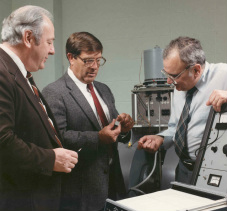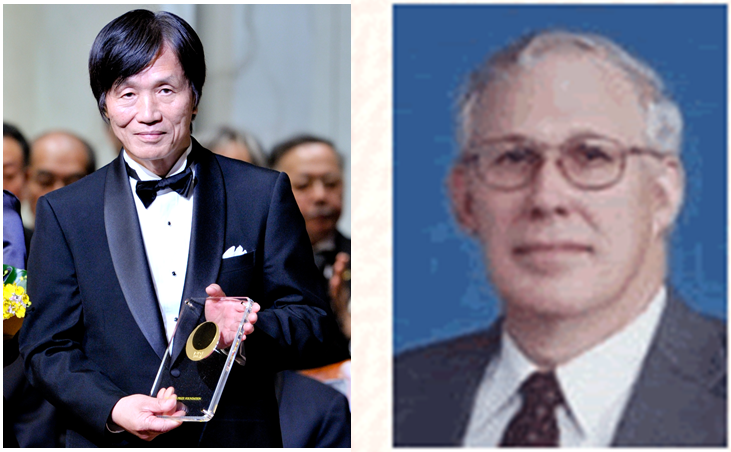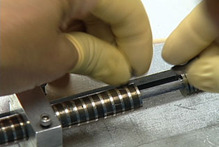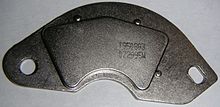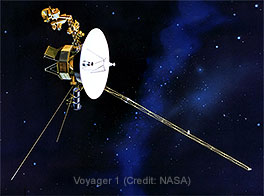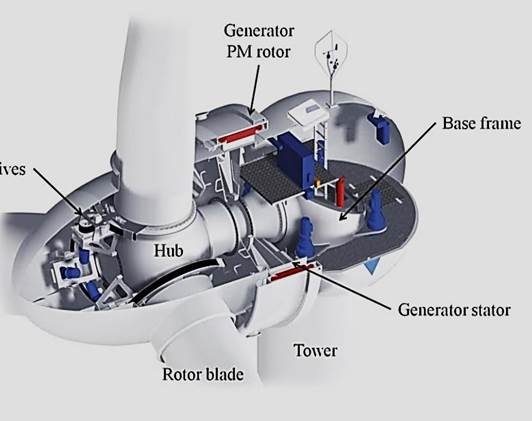History of Rare Earth Magnets In the aspect of bulk magnetic materials, there are three generations of rare earth permanent magnets (REPM) (see the historic plot in PM history page):
In 1982, Nd-Fe-B magnets were invented independently by Dr. Masato Sagawa of Sumitomo as sintered Nd-Fe-B magnets with full density, Dr. Masato Sagawa was awarded with the Japan Prize in Jan 25, 2012 for his discovery of Nd-Fe-B magnets and his endless effort in pursuit of the Ultimate Magnets.
|
|
[2] http://www.electronenergy.com/applications/traveling-wave-tubes-klystrons-magnetrons.htm
[3] http://en.wikipedia.org/wiki/Neodymium_magnet
[4] http://www.electronenergy.com/lifetime-guarantee.htm
[5] http://www.evwind.es/2012/09/14/goldwind-to-supply-panama-wind-farm-with-wind-turbines/23387
[6] Photo used under Creative Commons from Toyota Motor Europe
[7] http://www.japanprize.jp/data/photos2012/20120425_presentation_ceremony_select/images/_D3S0321.jpg
and Their Applications (REPM)
The 1st in this series of workshops took place in 1974 in Dayton, OH, USA, and it has been followed by 22 similar, highly regarded conferences held all over the world. The history of the REPM Workshops parallels the development of rare-earth magnets as commercial products. Over the past half century, rare-earth magnets have progressed from being the subject of basic research in the laboratory to becoming a major global industry. Today, these magnets are being manufactured on a huge scale and find uses in many industries and countless high-technology products. Rare-earth magnets are playing an increasing role in our daily lives with their myriad applications. | The list below show the last four Workshops held in four countries, as well as the one that will be held in 2018: REPM’10, Sept. 2010, Bled, Slovenia, http://nano.ijs.si/repm10.htm REPM’16: Aug. 2016, Darmstadt, Germany REPM’18: Aug. 2018, Beijing, China |

